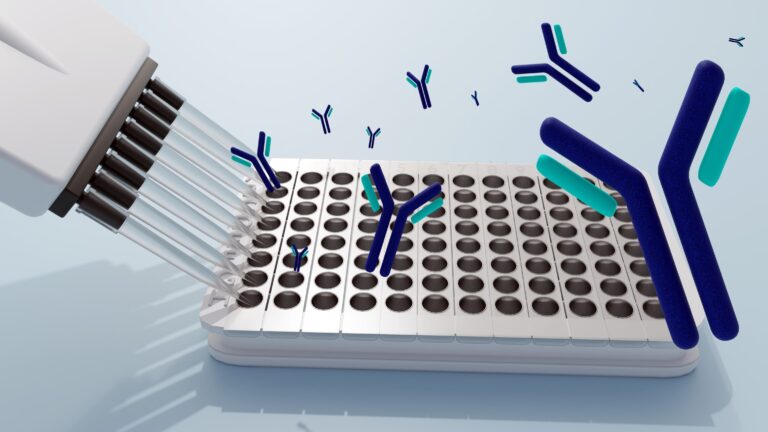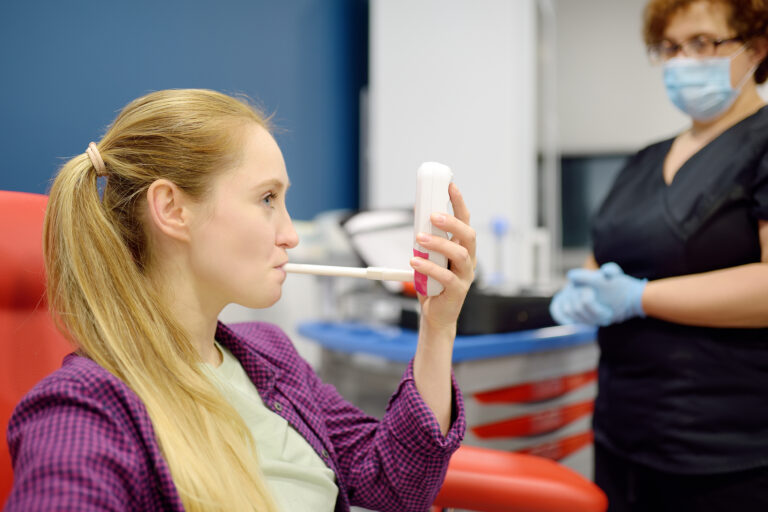Functional Lung Imaging
Functional lung imaging is a critical tool in modern medicine, allowing clinicians to evaluate and monitor lung performance in various physiological and pathological states. Unlike structural imaging, which primarily focuses on the anatomical aspects of the lungs, functional imaging assesses the dynamic processes, such as ventilation, perfusion, and gas exchange. These methods provide essential insights into respiratory health and disease.
Key Modalities in Pulmonary Function Imaging
- Nuclear Medicine Techniques
Techniques such as ventilation/perfusion (V/Q) scintigraphy are widely used in functional lung imaging. V/Q scans involve the use of radiopharmaceuticals to assess airflow and blood flow within the lungs. These are particularly useful in diagnosing pulmonary embolism and evaluating regional lung function before surgeries such as lobectomy.
- Computed Tomography (CT)
Advanced CT techniques, including dual-energy CT, have enabled detailed functional imaging of the lungs. By assessing differences in tissue density, dual-energy CT can measure regional ventilation and perfusion. This is invaluable in conditions like chronic obstructive pulmonary disease (COPD) and pulmonary fibrosis.
- Magnetic Resonance Imaging (MRI)
Functional MRI of the lungs has gained attention for its ability to measure ventilation and perfusion without ionising radiation. Hyperpolarised gas MRI, which uses gases like helium-3 or xenon-129, provides detailed maps of gas distribution in the lungs, making it highly effective in studying asthma, cystic fibrosis, and other airway disorders.
- Positron Emission Tomography (PET)
PET imaging, often combined with CT, offers a powerful tool for studying metabolic and functional processes in the lungs. Using tracers like fluorodeoxyglucose (FDG), PET scans can identify inflammation, tumours, and other metabolic abnormalities.
Applications in Clinical Practice
Pulmonary function imaging has diverse applications in clinical medicine. It is critical in diagnosing and managing respiratory conditions such as asthma, COPD, and interstitial lung disease. These imaging techniques are also employed to monitor disease progression and evaluate treatment responses.
In oncology, functional imaging plays a role in assessing lung cancer by evaluating tumour metabolism, perfusion, and proximity to functional lung tissue. It aids in planning radiotherapy to minimise damage to healthy lung areas.
Research and Future Directions
Emerging technologies continue to advance the field of functional lung imaging. Techniques like four-dimensional CT and advanced MRI sequences are providing more precise insights into respiratory mechanics. The integration of artificial intelligence (AI) also enhances image analysis and improves diagnostic accuracy and efficiency.
Pulmonary function imaging remains indispensable in understanding and managing respiratory health. Offering detailed physiological information complements traditional imaging methods, guiding patient-centred care and advancing research into lung diseases.
You are here:
home » Functional Lung Imaging





